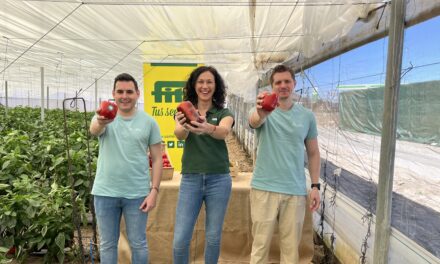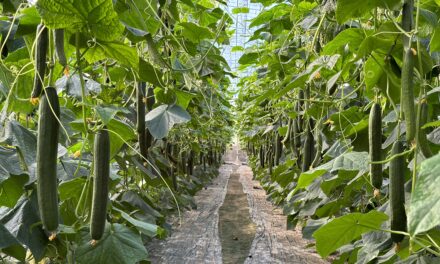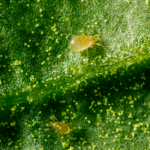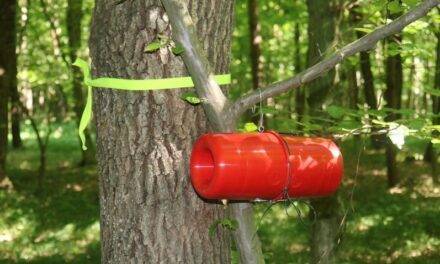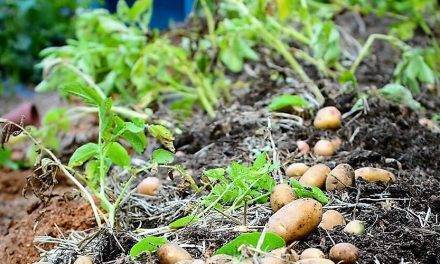
Soil temperature, a health alarm for crops
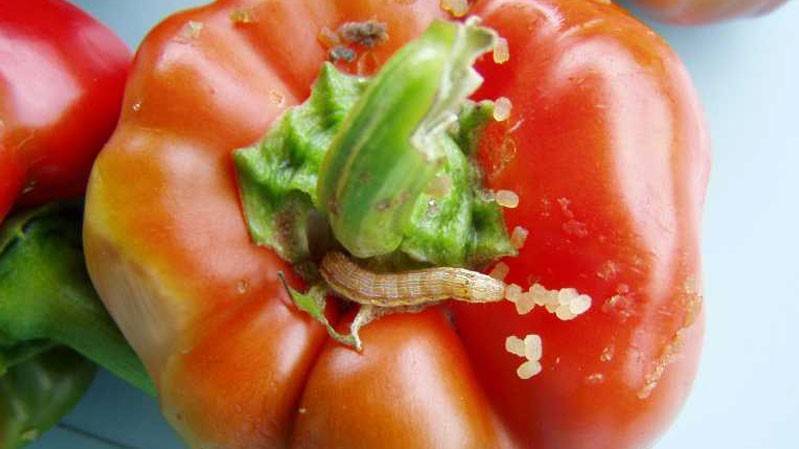
- Soil temperature can be used to effectively monitor and predict the spread of agricultural pests
23.09.2022 – ENGLISH
A new study from North Carolina State University shows that soil temperature can be used to effectively monitor and predict the spread of corn earworm (Helicoverpa zea), a long-standing pest that has caused serious problems in a variety of crops including corn, cotton, soybeans, peppers, tomatoes and other horticultural crops.
The ability to better monitor the pest and make predictions about where it will appear in the future could help specialists predict problems, reducing costs and environmental pollution.
How did they establish the pest-climate relationship?
The researchers combined data that has been collected over time and over several years on soil temperature and geographical movement of the pest. In addition, they closely analysed how the pest survives cold conditions by simulating the winter period.
With the exhaustive study, the researchers subdivided the geographical map into several zones according to latitude, and from there, they created their own map of pest expansion. Then, taking into account the biological requirements of Helicoverpa zea for its natural cycle and relating global warming to future prospects, they were able to determine where the species will expand in the coming years.
Better to always be one step ahead
According to the experts, the prediction of Helicoverpa zea is “the canary in the coal mine for agricultural pests”, meaning that its geographic spread will later be imitated by other pests, which allows us to stay ahead of the curve and be somewhat prepared.
Source
phys.org – Soil temperature can predict pest spread in crops
Main image
plagasagricolas.es – Orugas.

